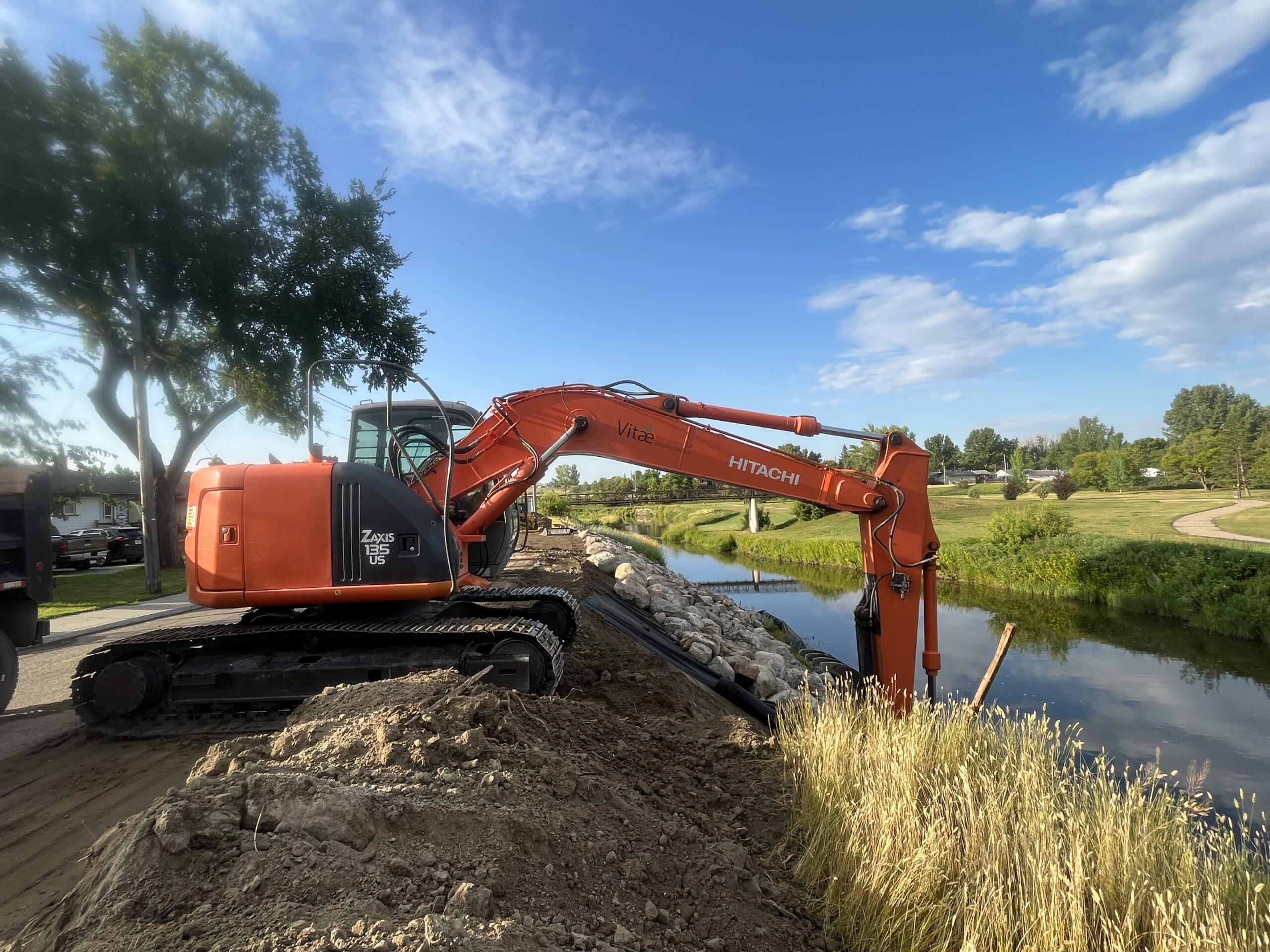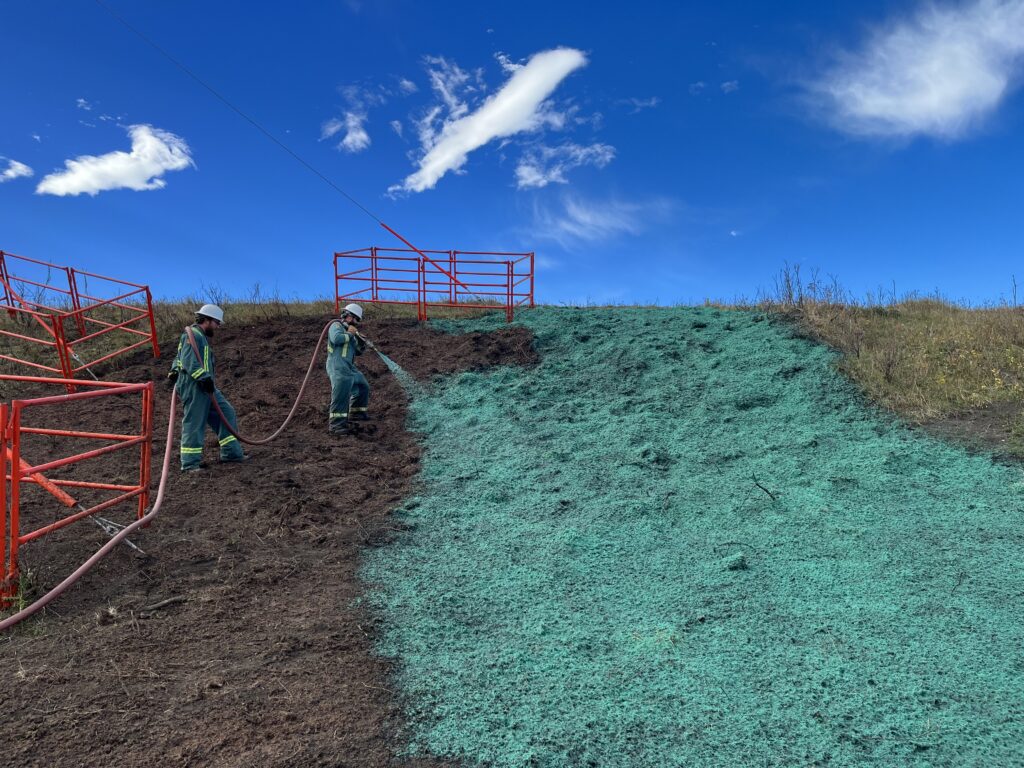Blog
Protecting Our Waterways: The Essentials of Erosion Control
Erosion control is an important but frequent aspect of environmental preservation and construction. Erosion becomes a major concern as our landscapes change over time due to a variety of human activity and natural forces. Fortunately, we can lessen its effects and safeguard our priceless ecosystems if we have the appropriate information and skills. Let’s explore its principles, eco-friendly building materials, efficient techniques, and preventive measures
What is Erosion Control?
Using techniques to stop or reduce soil and sediment loss from wind, water, and other natural sources is known as erosion control. It is essential for preserving soil fertility, protecting water quality, and upholding the integrity of landscapes. The consequences of inadequate measures can be dire, compromising the stability of infrastructure, destroying habitats, and settling water bodies.

Sustainable Materials for Erosion Control
Sustainability is the cornerstone of our operations at Vitae Environmental Construction. Our first goal is to use eco-friendly materials that not only serve their intended function but also lessen their adverse effects on the environment. Examples of sustainable materials include natural fiber logs, coconut coir mats, biodegradable blankets, and native plants.
Subsequently, these materials support our dedication to sustainable building methods by providing both functionality and environmental friendliness.
Methods for Erosion Control
Various techniques are used to control erosion, depending on the particular features of the landscape and the factors that contribute to erosion. Among the most effective techniques are:
1. Vegetative Cover
By stabilizing the soil, lowering surface runoff, and boosting infiltration, planting vegetation—such as grasses, shrubs, and trees—establishes root systems and soil structure.
2. Terracing
Building retaining walls or terraces on slopes helps to reduce erosion by slowing down water flow, inducing stability, and breaking up the length of the slope.
3. Silt Fencing
4. Mulching
Using organic mulch materials, like wood chips or straw, helps prevent erosion of bare soil, minimize surface runoff, and retain soil moisture.
5. Hydroseeding

5 Ways to Prevent Erosion
Remedial measures are rarely more environmentally friendly or cost-effective than erosion prevention. The following are five proactive measures that people and organizations can take to stop erosion:
1. Maintain Vegetative Cover:
To prevent soil erosion, maintain existing vegetation and add vegetative cover to exposed or vulnerable areas.
2. Put Stormwater Management Into Practice
To lessen runoff and erosion, install rain gardens, permeable pavements, and other stormwater management techniques.
3. Oversee Construction Sites
To reduce soil disturbance and erosion during construction activities, use erosion control techniques like silt fencing, sediment traps, and construction phasing.
4. Practice Soil Conservation
To lessen soil erosion in agricultural landscapes, use techniques like contour plowing, strip cropping, and no-till farming.
5. Educate and Raise Awareness
Prioritizing Erosion Control for a Sustainable Future
Advise on sustainable land management and educate stakeholders, landowners, and communities on the importance of erosion control.
By prioritizing and implementing sustainable practices, we can protect our environment, support ecosystem health, and, ultimately, ensure the longevity of our landscapes for future generations.
For erosion control products, environmental construction services, or expert advice, Vitae Environmental Construction is your trusted partner in protecting the integrity of our planet.
Contact us today to learn more about our erosion solutions.





